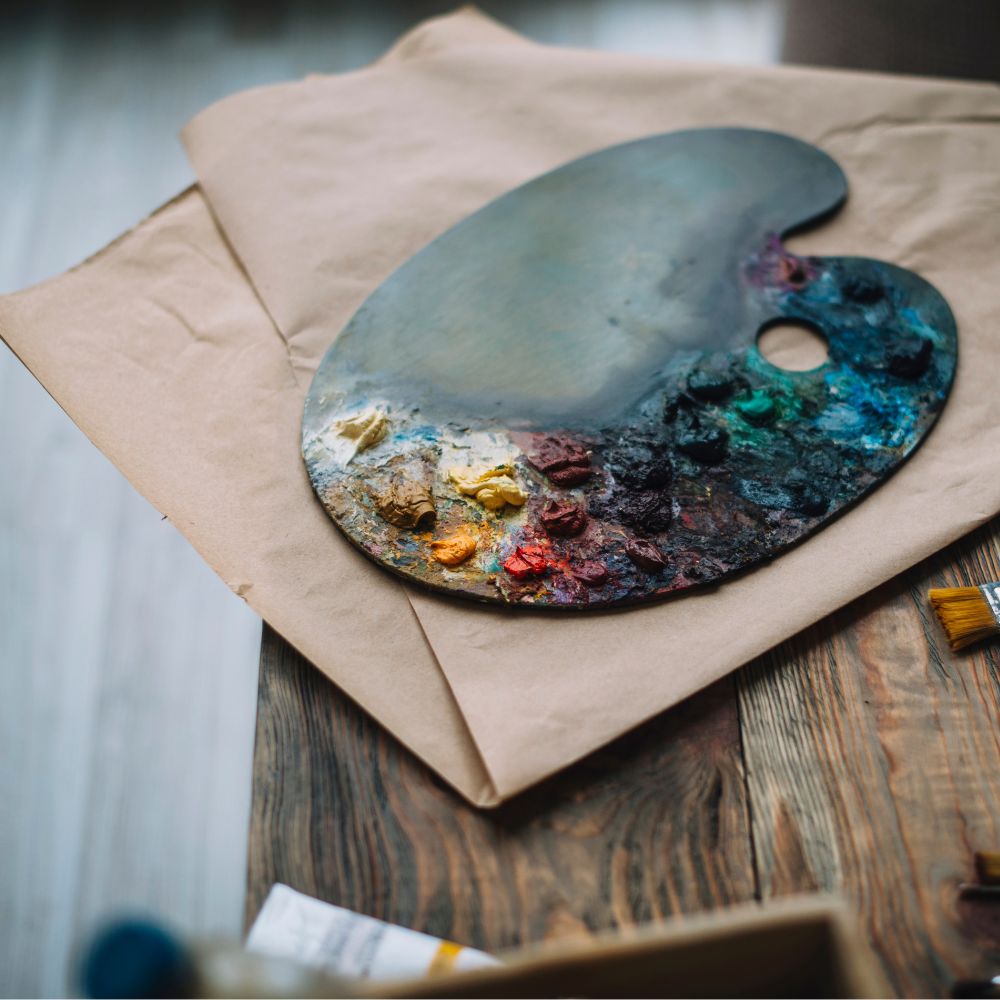In recent years, the art market has emerged as a lucrative investment opportunity, attracting both seasoned collectors and newcomers alike. With the potential for significant returns and the allure of owning a piece of culture, more people are considering art as a viable asset class. If you're new to the world of art investment, you may be wondering where to start. In this beginner's guide, we'll explore the basics of art investment and provide you with valuable tips to help you get started on your journey.
Understanding the Basics: What is Art Investment? Art investment involves purchasing artworks with the expectation that their value will appreciate over time. Unlike traditional investments such as stocks or real estate, art offers investors the opportunity to diversify their portfolios and potentially generate substantial returns. However, investing in art requires careful research, knowledge, and a long-term perspective.
Key Factors to Consider:
-
Education and Research: Before diving into the art market, it's essential to educate yourself about different art genres, styles, and artists. Familiarize yourself with art history, current trends, and market dynamics. Attend exhibitions, galleries, and art fairs to gain exposure and insights into the art world.
-
Set a Budget: Determine how much you're willing to invest in art and establish a budget accordingly. Keep in mind that art investment requires patience, as it may take time for the value of your artworks to appreciate. Start with a modest budget and gradually increase your investment as you gain experience and confidence in the market.
-
Choose Wisely: When selecting artworks to invest in, focus on quality, authenticity, and potential for appreciation. Consider investing in emerging artists whose works show promise and have the potential to increase in value over time. Look for artworks that resonate with you personally and have strong aesthetic appeal.
-
Diversify Your Portfolio: Just like with any investment, diversification is key to managing risk and maximizing returns. Invest in artworks across different genres, styles, and mediums to spread your risk and increase your chances of success. Avoid putting all your eggs in one basket by diversifying your art portfolio.
-
Seek Professional Advice: If you're unsure about where to start or need guidance on navigating the art market, consider seeking advice from art consultants, advisors, or dealers. They can provide valuable insights, help you identify investment opportunities, and assist you in building a well-rounded art portfolio.
-
Preservation and Care: Once you've acquired artworks for your investment portfolio, it's essential to take proper care of them to maintain their value. Invest in professional framing, storage, and insurance to protect your artworks from damage, theft, or loss. Proper preservation and care will ensure that your investments retain their value over time.
In conclusion, investing in art can be a rewarding and fulfilling endeavor for beginners, provided they approach it with diligence, patience, and a long-term perspective. By educating yourself, setting a budget, choosing wisely, diversifying your portfolio, seeking professional advice, and taking proper care of your artworks, you can embark on a successful journey as an art investor. Remember that art investment is as much about passion and appreciation for creativity as it is about financial returns. So, enjoy the process, and may your art investments bring you joy and prosperity in the years to come.
Buy Original Art Online At crafttatva.com







